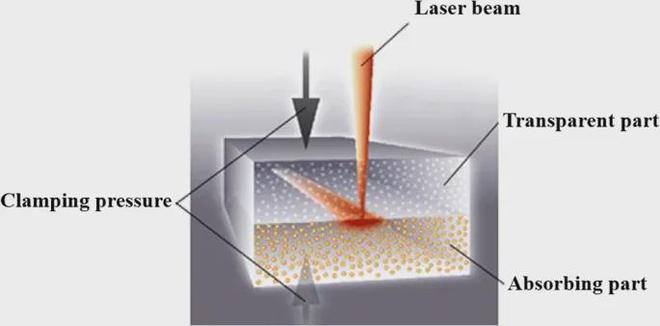China's Laser market size and trend in 2022
China's laser industry is developing rapidly and has obvious competitive advantages. The proportion of the global laser market has also continued to increase. In 2020, the scale of China's laser market will reach US$10.91 billion, accounting for 66.12% of the global laser market. It is expected to reach $14.74 billion in 2022.

Due to the excellent performance and strong applicability of fiber lasers, the market share has increased rapidly in the past decade. The market accounts for more than half of the market, and it has a clear leading position compared to solid-state lasers, gas lasers, and semiconductor lasers. The four major development trends are as follows:
Core components such as semiconductor laser chips are gradually being localized
Taking fiber lasers as an example, the pump source of high-power fiber lasers is the main application field of semiconductor lasers, and high-power semiconductor laser chips and modules are important components of fiber lasers. In recent years, China's fiber laser industry has been in a stage of rapid growth, and the degree of localization has increased year by year. In terms of market penetration rate, in the low-power fiber laser market, the domestic laser market share is as high as 99.01%; in the medium-power fiber laser market, the domestic laser penetration rate has maintained a level of more than 50% in recent years; the localization of high-power fiber lasers The process is also gradually advancing, reaching a penetration rate of 55.56%. However, core components such as high-power semiconductor laser chips still rely on imports. The upstream components of lasers with semiconductor laser chips as the core are gradually being localized. On the one hand, the market scale of domestic upstream components of lasers is increased. The localization of core components can improve the ability of domestic laser manufacturers to participate in international competition.
Hecho specializing in design and manufacture Customized Laser Fiber for over 18 years, which can supply the bare Fiber Optic Cables, Fiber Optic Bundles which are widely used in Laser Fiber application, such as LDI (Laser Direct Imaging), Plastic Laser Welding, and Medical application.









